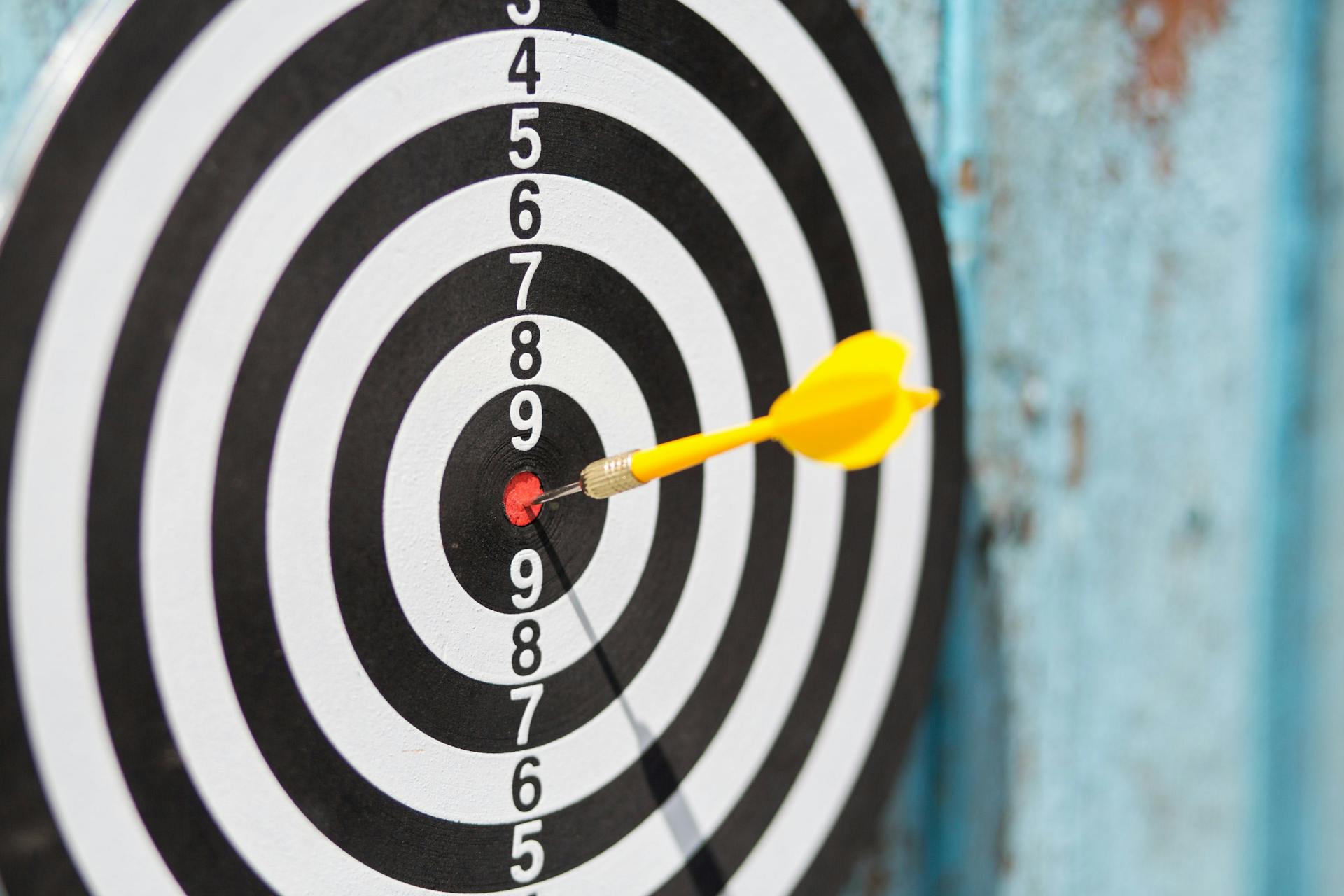This is Personal: The Do's and Don'ts of Personalization in Tech
I have a rule about using Netflix in my household: We watch dark, scary shows on my partner’s account, and humorous sitcoms on mine.
I claim that this is to maintain an easy differentiation for the recommendation algorithm and so that, depending on our mood, we can pick the relevant account and start watching right away. But to be honest, the real reason I insist on this separation is that it makes me feel good about beating Netflix at its own game.
This way, as far as Netflix knows, I am a bright person with a sunny disposition, who only watches positive, uplifting comedies of 20-minute durations, hardly ever binge-watches, and will happily return to old favorites such as Modern Family and Friends every few months. My partner, on the other hand, is a dark personality who watches crime shows and thrillers (sometimes through the night), loves getting into the minds of psycho killers, and will consume anything that matches this description.
But who are we really? Well, I am not spilling the beans here and I definitely don’t intend to solve this mystery for Netflix.
Me 1, Netflix 0. Or so I think.
But who else do I hide my true self from? My fitness app? My grocery shopping app? Amazon? Spotify? As more and more platforms go down the path of using data to personalize the customer experience, this cat-and-mouse game will only get more interesting.
Why does personalization work? What are its limits? How does psychology make an appearance in this complicated tech story? In this article, I’ll be breaking this down.
References
- Gomez-Uribe, C. A., & Hunt, N. (2015). The netflix recommender system: Algorithms, business value, and innovation. ACM Transactions on Management Information Systems (TMIS), 6(4), 1-19.
- Spotify Technologies, Form F1, Submitted to Securities and Exchange Commission
- www.theverge.com/2017/8/30/16222850/youtube-google-brain-algorithm-video-recommendation-personalized-feed
- MacKenzie, I., Meyer, C., & Noble, S. (2013). How retailers can keep up with consumers. McKinsey & Company, 18.
- Making It Personal: Pulse Check 2018, Accenture. Available at – https://www.accenture.com/_acnmedia/PDF-77/Accenture-Pulse-Survey.pdf
- https://marketoonist.com/2016/09/journey.html
- Berger, J., & Milkman, K. L. (2012). What makes online content viral?. Journal of marketing research, 49(2), 192-205.
- Haddock, G., Maio, G. R., Arnold, K., & Huskinson, T. (2008). Should persuasion be affective or cognitive? The moderating effects of need for affect and need for cognition. Personality and Social Psychology Bulletin, 34(6), 769-778.
- Jeong, E. S., Shi, Y., Baazova, A., Chiu, C., Nahai, A., Moons, W. G., & Taylor, S. E. (2011). The relation of approach/avoidance motivation and message framing to the effectiveness of charitable appeals. Social Influence, 6(1), 15-21.
- Research at Spotify: https://research.atspotify.com/just-the-way-you-are-music-listening-and-personality/
- https://www.forbes.com/sites/kashmirhill/2014/05/14/shutterfly-congratulates-a-bunch-of-people-without-babies-on-their-new-arrivals/?sh=6bde1841b089
- https://www.amazon.com/Personalization-Mechanics-Targeted-Content-Teams-ebook/dp/B00UKS4PYE#:~:text=Drawing%20on%20interviews%2C%20product%20evaluations,team%20implementing%20it%20to%20a
- Teeny, J. D., Siev, J. J., Briñol, P., & Petty, R. E. (2020). A review and conceptual framework for understanding personalized matching effects in persuasion. Journal of Consumer Psychology.
- https://www.inskinmedia.com/blog/infographic-environment-matters-improving-online-brand-experiences/
- https://www.theguardian.com/media/2018/oct/20/netflix-film-black-viewers-personalised-marketing-target#:~:text=But%20now%20the%20streaming%20giant,is%20targeting%20them%20by%20ethnicity.
- https://www.theguardian.com/commentisfree/2020/aug/08/amazon-algorithm-curated-misinformation-books-data
- https://www.newamerica.org/oti/reports/why-am-i-seeing-this/introduction/
- Berndt, J. (2015). Personalization Mechanics: Targeted Content For Web Teams of All Sizes (1st ed., Vol. 1). TBG Books.
About the Author
Preeti Kotamarthi
Preeti Kotamarthi has built and led Behavioral Science teams at two of the largest tech companies in Southeast Asia and India. She established the Behavioral Science practice at Grab, helping product and design teams understand customer behavior to create better user experiences. Currently, she heads Behavioral Science and User Research at Swiggy, where she continues to blend data, design, and human insights—drawing inspiration from spending a lot of time with Indian consumers. With a Masters in Behavioral Science from the London School of Economics and an MBA in Marketing from FMS Delhi, Preeti brings over 12 years of experience in consumer products, from co-founding a rural startup in India to shaping behavioral design in tech. Her passion lies in making behavioral science a core part of the product development process. When she’s not uncovering human insights at work, she’s likely busy applying behavioral lessons on her two-year-old.
About us
We are the leading applied research & innovation consultancy
Our insights are leveraged by the most ambitious organizations
“
I was blown away with their application and translation of behavioral science into practice. They took a very complex ecosystem and created a series of interventions using an innovative mix of the latest research and creative client co-creation. I was so impressed at the final product they created, which was hugely comprehensive despite the large scope of the client being of the world's most far-reaching and best known consumer brands. I'm excited to see what we can create together in the future.
Heather McKee
BEHAVIORAL SCIENTIST
GLOBAL COFFEEHOUSE CHAIN PROJECT
OUR CLIENT SUCCESS
$0M
Annual Revenue Increase
By launching a behavioral science practice at the core of the organization, we helped one of the largest insurers in North America realize $30M increase in annual revenue.
0%
Increase in Monthly Users
By redesigning North America's first national digital platform for mental health, we achieved a 52% lift in monthly users and an 83% improvement on clinical assessment.
0%
Reduction In Design Time
By designing a new process and getting buy-in from the C-Suite team, we helped one of the largest smartphone manufacturers in the world reduce software design time by 75%.
0%
Reduction in Client Drop-Off
By implementing targeted nudges based on proactive interventions, we reduced drop-off rates for 450,000 clients belonging to USA's oldest debt consolidation organizations by 46%




















